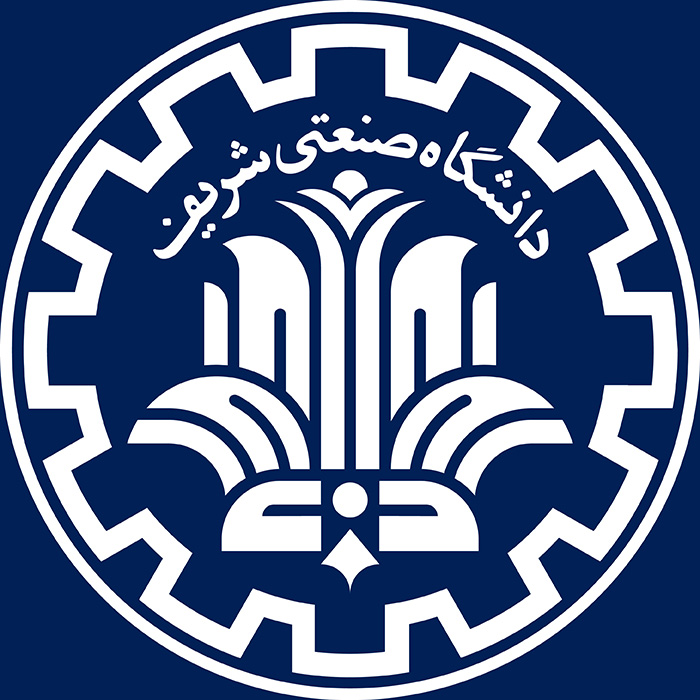Iran-China Joint Workshop
One way to reduce carbon emissions from greenhouse gases and reach net-zero carbon goals is by storing these gases in depleted oil and gas reservoirs, aquifers, and other suitable underground reservoirs. Additionally, storing other gases such as hydrogen can help stabilize the energy supply. Moreover, injecting various gases into underground reservoirs can improve oil recovery. However, this process must be thoroughly examined from various aspects and the related technologies must be acquired for implementation in the fields. So far, there have been no reports of CO2 injection or hydrogen gas storage projects in Iran. However, there have been many reports of such projects implemented in developed countries and even in recent years in Iran's neighboring countries. From an engineering perspective, the movement of gas or liquid in underground reservoirs may be controlled by various factors such as temperature, pressure, geochemical and geomechanical changes. This makes long-term storage dependent on our knowledge of the mechanisms involved in the processes including gas trapping or leakage through the well or cap rock and other related changes and developments. Therefore, it is crucial to understand these mechanisms in porous media under thermal-hydraulic-mechanical-chemical (THMC) conditions in natural rock environments containing pores and fractures ranging from the nanoscale to the field scales.
Link